An open-ended game is child-driven, where the kid sets the rules and the story, there are no limits and no end. There is no reason for us to show them how to play. Examples of open-ended toys are magnates, objects from nature, art supplies, dolls, cars, cubes, and animal figures. These are often especially enjoyed more by toddlers and up, as they begin to play pretend, and tend to get more fun with age.
Anything that is born from the child's imagination and led by it.
On the other hand, babies and smaller children prefer close-ended play and games, there is one specific purpose and way to use the toys and materials. These types of toys and games include – knobbed cylinders, a puzzle, tracing, object-to-picture matching, or one-to-one correspondence.
With that being said, let's get back to open-ended play. When we remove the limitations we leave it to the imagination to explore the world around it in peace. The open-ended game gives children the opportunity to replay events that have made a big impression on them, which for us might be ordinary everyday activities such as shopping, walking the dog, or washing the car. For them, in most cases, these are WOW events!
Remember the euphoria when you played with the watering hose for the 1st time?
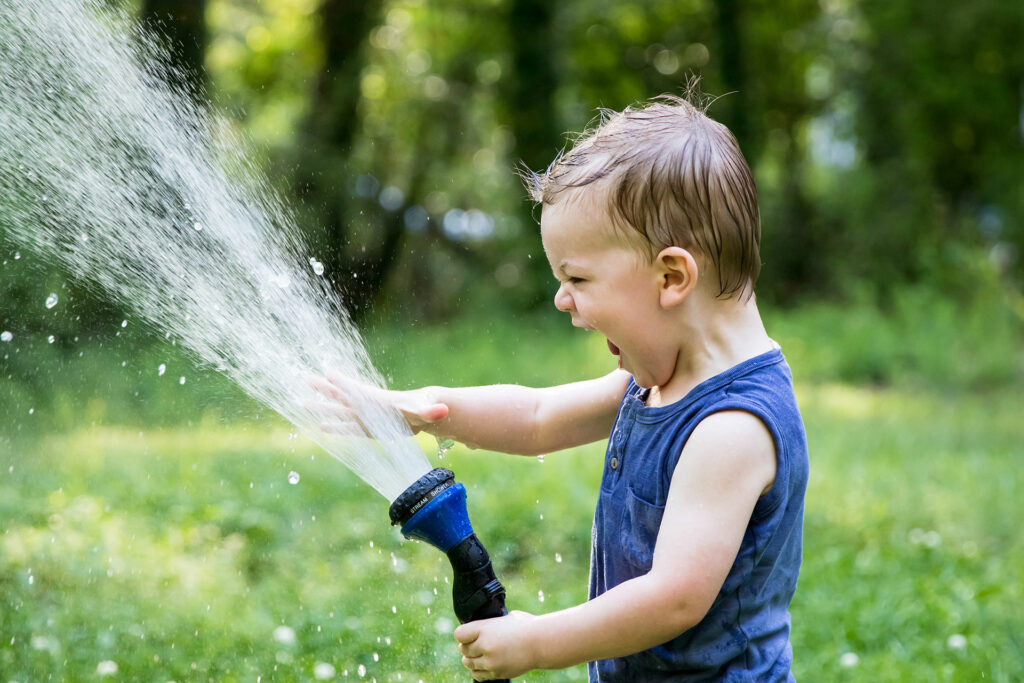
In short, open-ended play helps kids understand how the world around them works. From the smallest everyday things, like bathing, doing laundry, or taking the subway – to the more complex and intricate events, like surgery, building a dam, or flying into space. To understand how it works, children need to experience it through play.
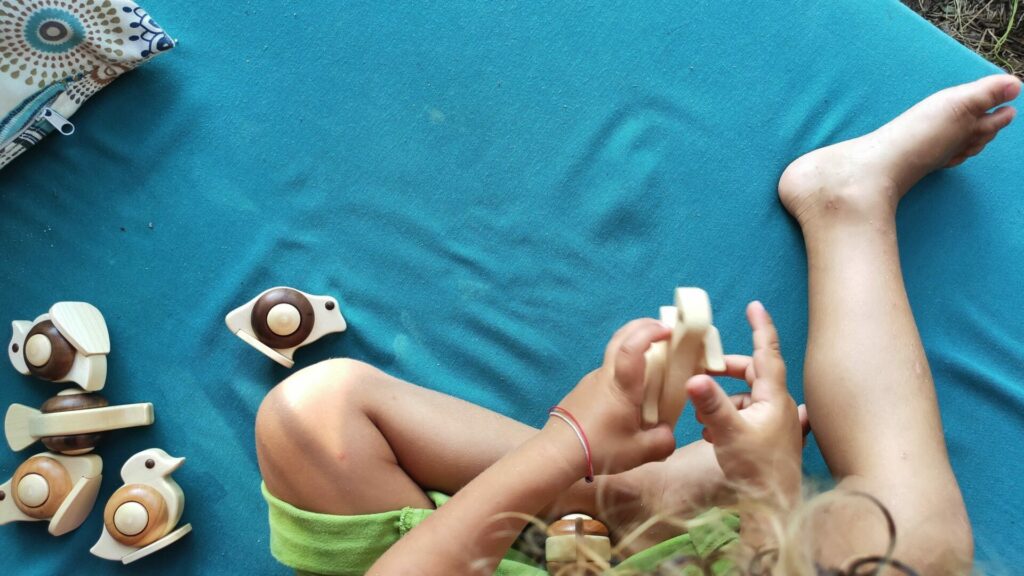
Benefits of the open-ended play
1. Processing events and stories – Gives the opportunity to safely test new knowledge and skills in a relaxed environment without fear of making a mistake.
2. Imagination booster – Sparks the imagination, which is so important for dealing with things outside our comfort zone. Children can come up with their own ideas of how to play with them and makeup stories to go along with them. There are no limits.
3. Independent Play – Stimulates independence and helps decision-making. Independent play and open-ended toys are basically best friends.
4. No Rules – Especially after a period of structure, such as school, open-ended toys can be a lovely reprieve and calming for children who just want to play without any rules or expectations. Without a right or wrong, this play can feel freeing.
Which toys are considered open-ended toys?
Open-ended toys are toys that do not have a defined way of playing. Wooden cubes, dolls and doll houses, cars and trucks, play food, play dough and chalk, scarves and ropes, etc. They can be used in a variety of play scenarios. They are a great fit for developing skills such as pretend play, expanding speech and stimulating social relationships. They also give you a great opportunity to get to know your child, to see how they react in certain situations, just by listening to them play.

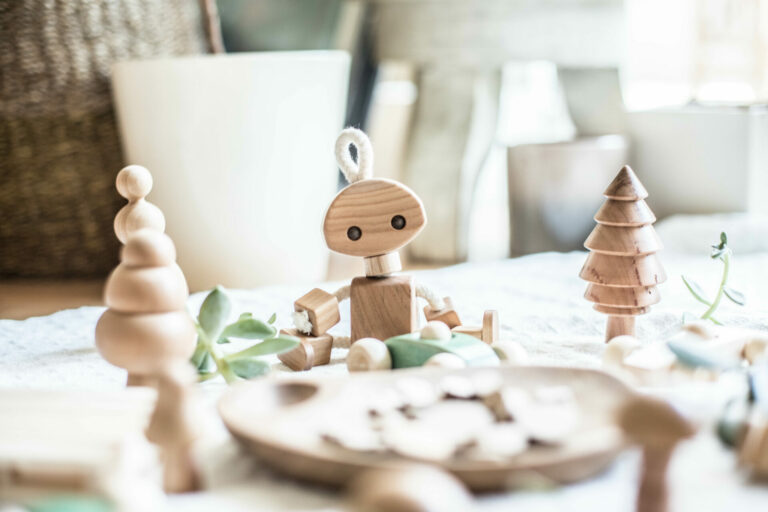
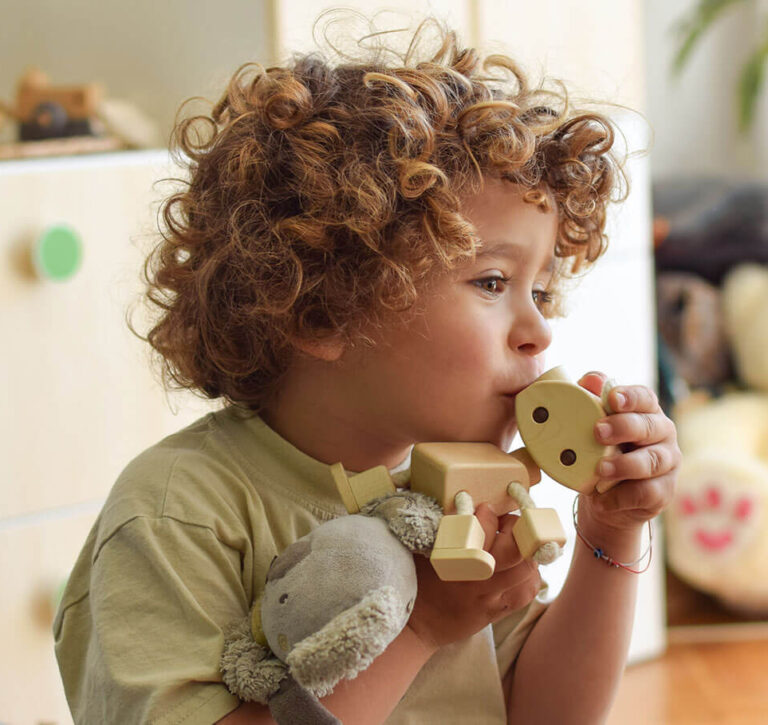
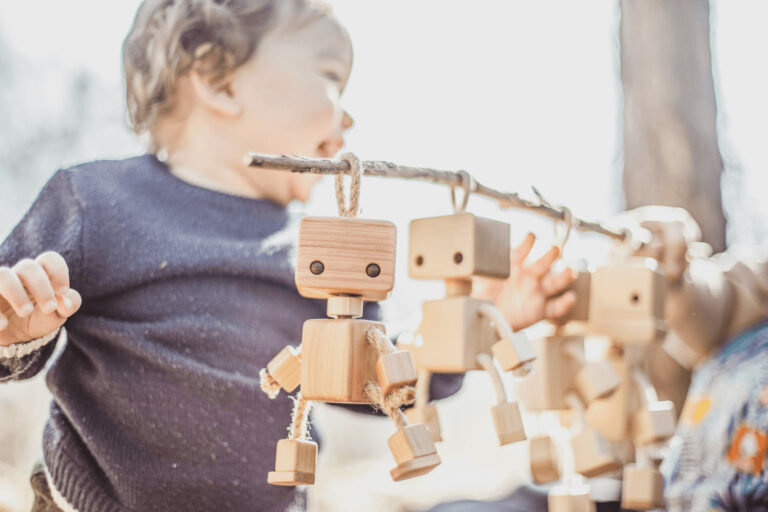
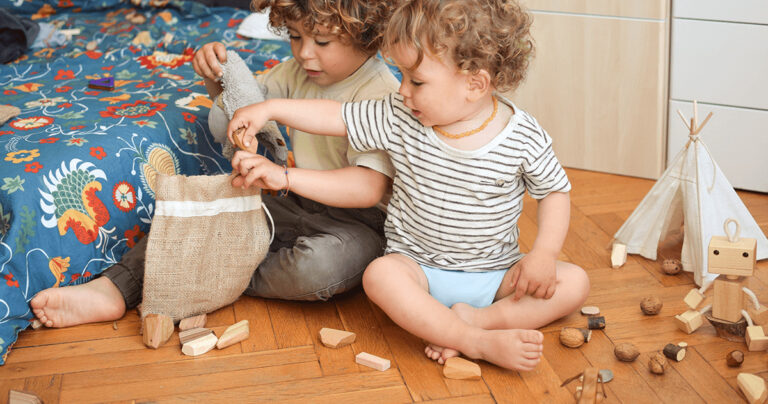
It got me when you said that open-ended play will be able to spark the imagination of the kids and deal with things outside their comfort zone. I plan to look for wholesale wooden toys that can encourage that kind of play for my twins. It’s something that I lack, imagination, which is why I am researching on the best way to help them develop that and not end up like me.
Thank you for your comment!
It’s great to hear that you’re interested in providing open-ended play opportunities for your twins. Wooden toys are an excellent choice, as they often encourage creativity, problem-solving, and imaginative play. As a parent, your dedication to nurturing your children’s imagination is admirable, and it’s never too late to start fostering their creative growth.
When looking for wholesale wooden toys, consider options that can be used in various ways and don’t have a specific purpose, like building blocks, wooden figures, or even simple shapes. These types of toys allow your children to create their own stories, scenarios, and challenges, enhancing their imaginative abilities.
Don’t worry about not being imaginative yourself; supporting your children’s creativity is more about providing them with the right tools and opportunities to explore, rather than having a vivid imagination yourself. Encourage them to experiment, ask open-ended questions, and give them the freedom to play without rules or restrictions. Your efforts will go a long way in helping them develop a strong imagination and a love for creative play.
If you have any more questions or need further guidance, please feel free to ask. Good luck on your journey to foster your twins’ imagination and creativity!